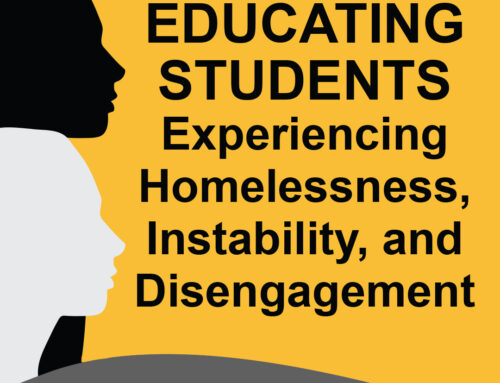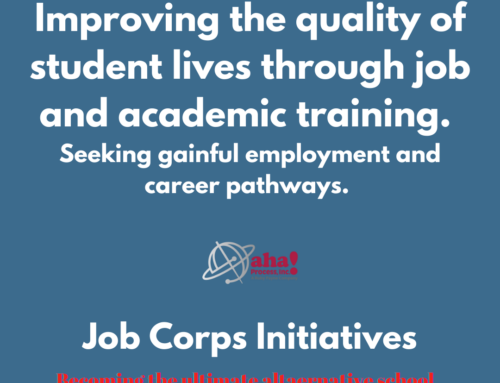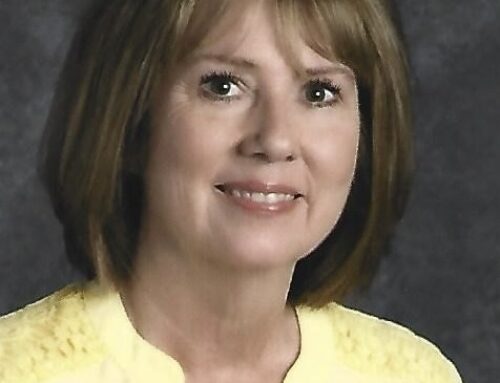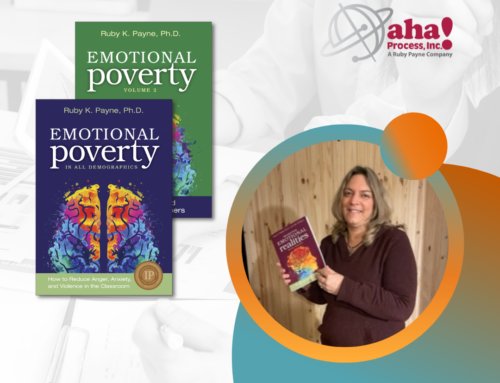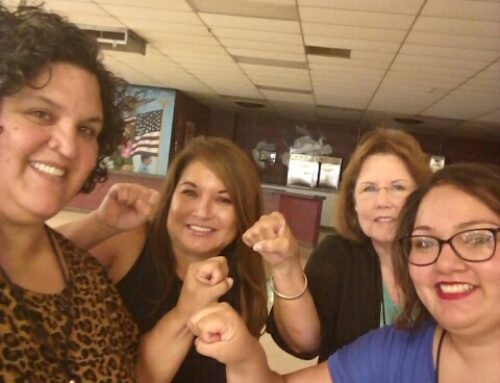Recently I had the opportunity to present a workshop in Michigan. The contact person phoned to ask what her staff could do to put the Framework for Understanding Poverty material into practice before having me return to do a follow-up Learning Structures workshop. I decided that the information she requested might be helpful for other schools whose staff members have recently attended a Framework workshop. The ideas included in this blog are my suggestions. Feel free to use them as they are or to modify them to best meet the needs of your students.
After each activity description I have included a list of resources that may assist you with the process. In the next five weeks I will be posting new ideas for implementing the work of Dr. Ruby Payne from the book A Framework for Understanding Poverty. As I indicated in my last blog on mutual respect, I will answer questions or respond to comments that you post. I’m looking forward to hearing from you!
Ideas for implementing concepts from A Framework for Understanding Poverty Day 1 Week 1: Hidden rules In a staff meeting, determine some of the hidden rules of the school that a new teacher might not know. Make this a fun activity.
- I had one school tell me they divided the staff into groups of three or four people. Each group had to think of one hidden rule of the building that a new teacher might not know.
- Each group may create a song or rap, illustrate the hidden rule on chart paper, or create a skit or role-playing activity and act out the hidden rule to the group.
Next, ask teachers to determine some hidden rules of school that students might not know. I like to call these hidden rules “clear expectations.” We want to determine how to get past our assumption that students understand how school works and directly teach the hidden rules or our expectations.
Have teachers answer the following questions: How will we directly teach the hidden rules? Do we use procedures? If not, how will we teach students the hidden rules of school? How will we communicate, both verbally and nonverbally, the processes and procedures of the classroom? The building?
The goal is to create consistency from one classroom to the next within the district. Address hidden rules repeatedly to embed them in teachers’ thinking. Please, make sure to emphasize that all hidden rules are correct. The hidden rules of school/work are not better than or more important than the hidden rules of home/neighborhood. Both are equally important and worthy of respect. The most important thing for students is to learn that different groups have different hidden rules, to learn what those rules are, and to develop the ability to switch between hidden rules as appropriate.
RESOURCES TO USE:
Dr. Payne’s new book, Under-Resourced Learners: 8 Strategies to Boost Student Achievement
Classroom and campus procedures, pages 77–81
Hidden rules of learning at school chart, page 57See also: Discipline Strategies for the Classroom: Working with Students
-Judy Weber, of Yorktown, Indiana has been a professional educator since 1986, teaching children in the classroom, training teachers in effective practice and supporting low performing schools as a mentor through TOPHAT, a partnership between the Indiana Department of Education, and the Mid Continent for Research and Learning (McREL). As a current board member of the Indiana Staff Development Council, Weber was instrumental in developing the Gold Star Award, an award focused on effective practice and professional development to increase student performance. Weber was awarded the Christa McAuliffe Fellowship in 1998, and is a 1999 graduate of the National Staff Development Academy. As an educational consultant for aha! Process since 2002, she has served as a presenter, a mentor to schools engaged in long term implementation of Dr. Payne’s A Framework for Understanding Poverty, and the coordinator of Dr. Ruby Payne’s trainer certification workshops.

